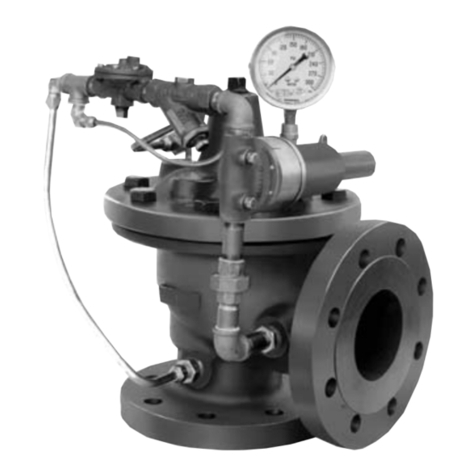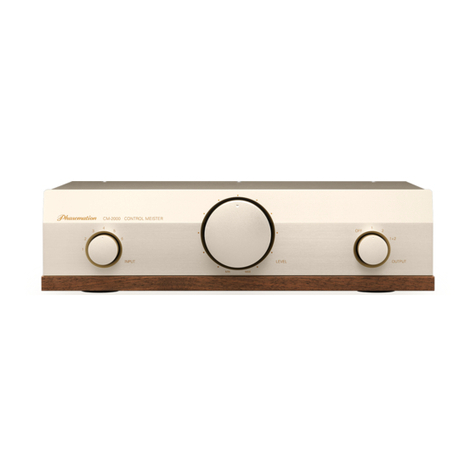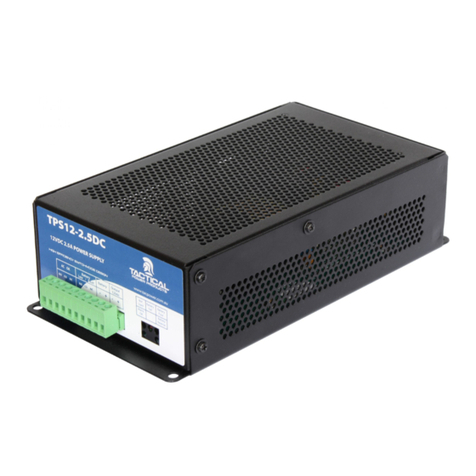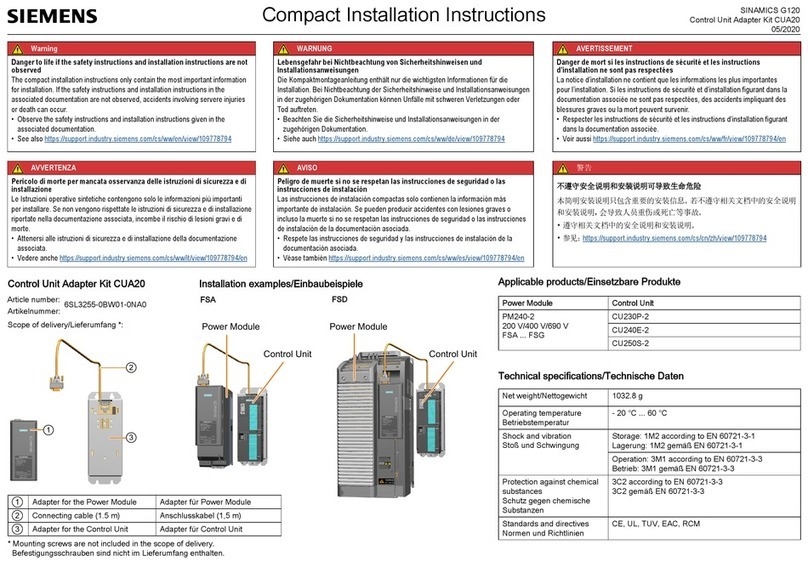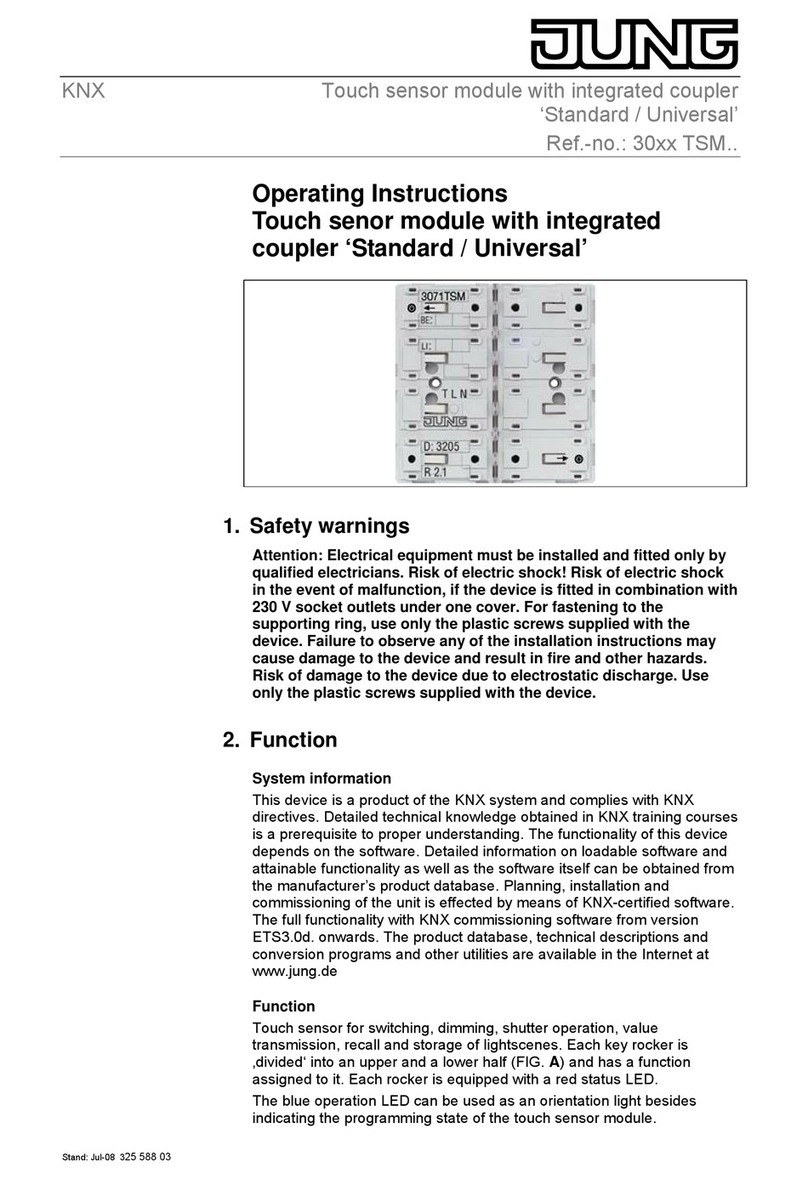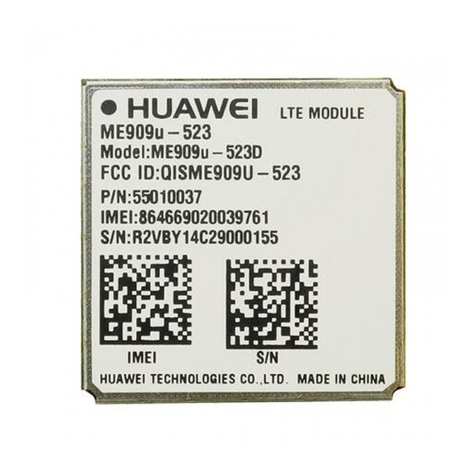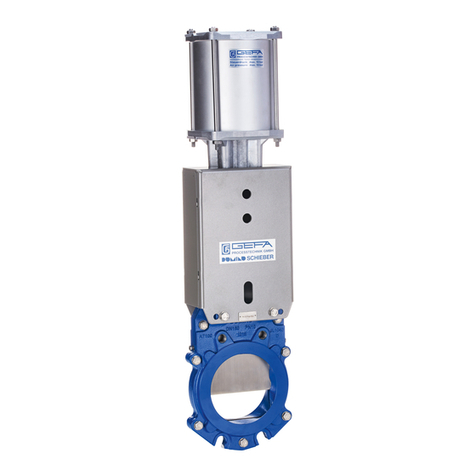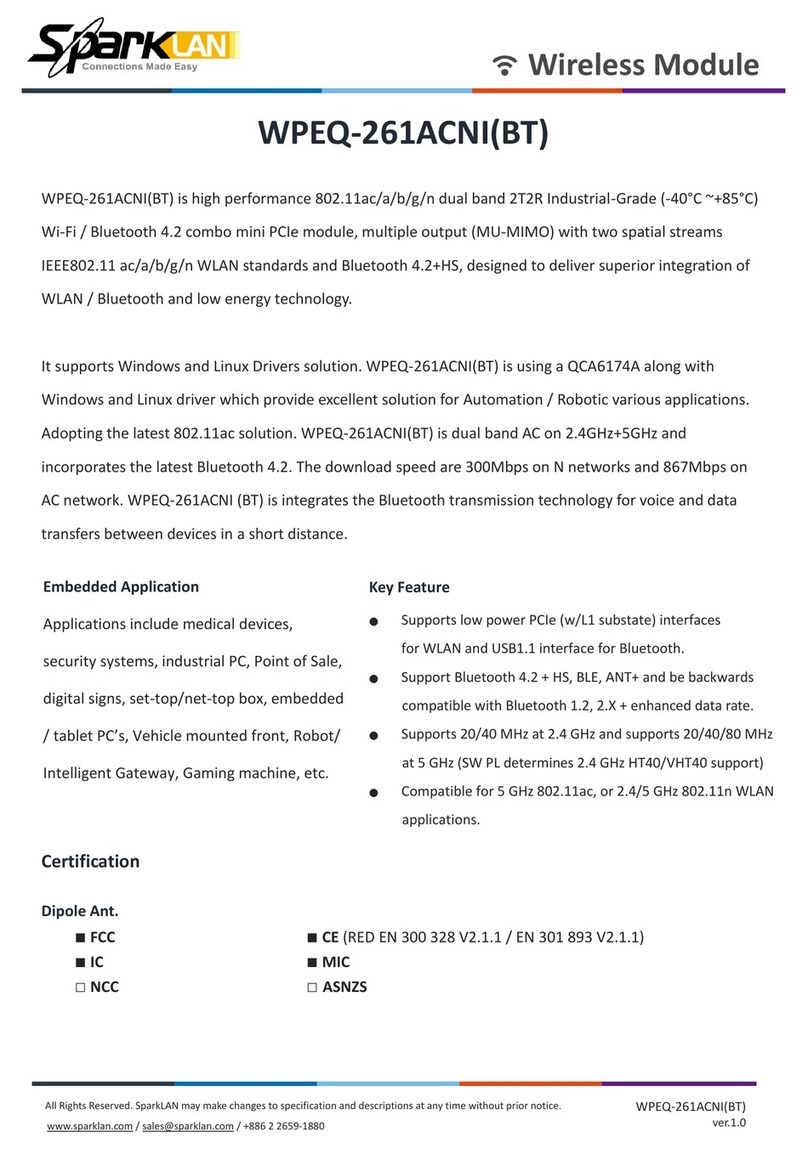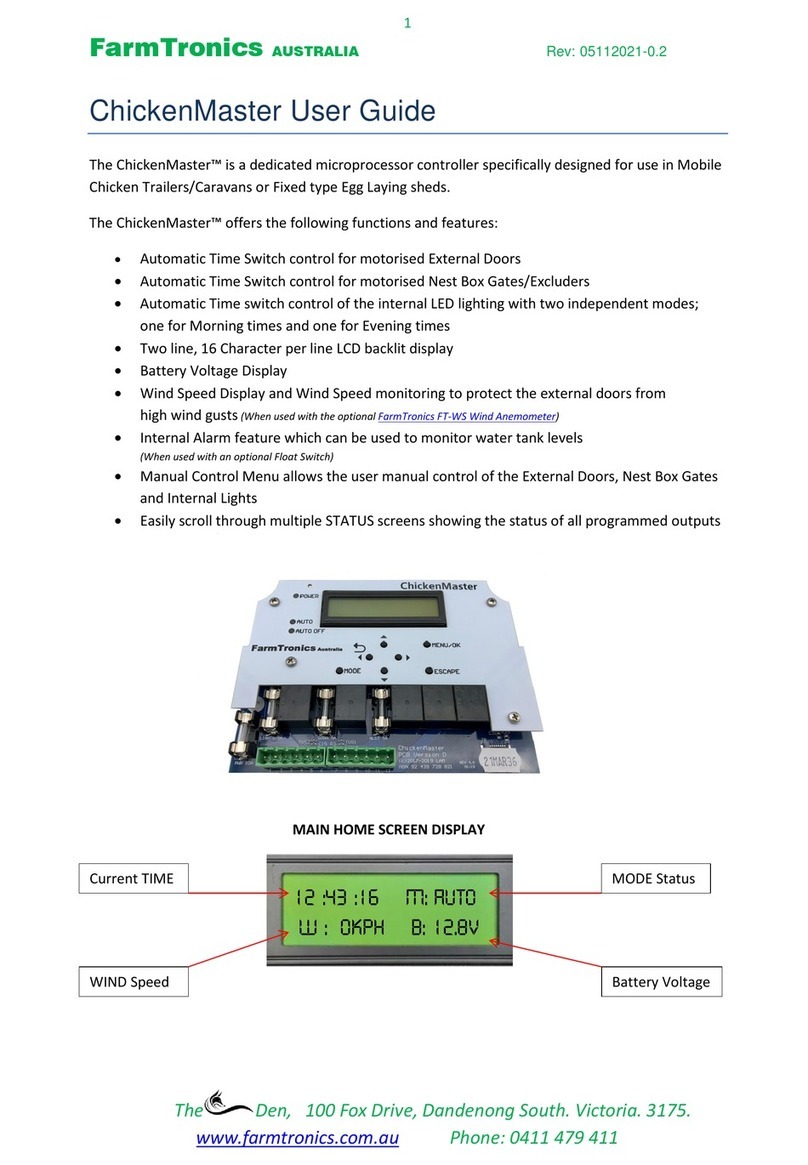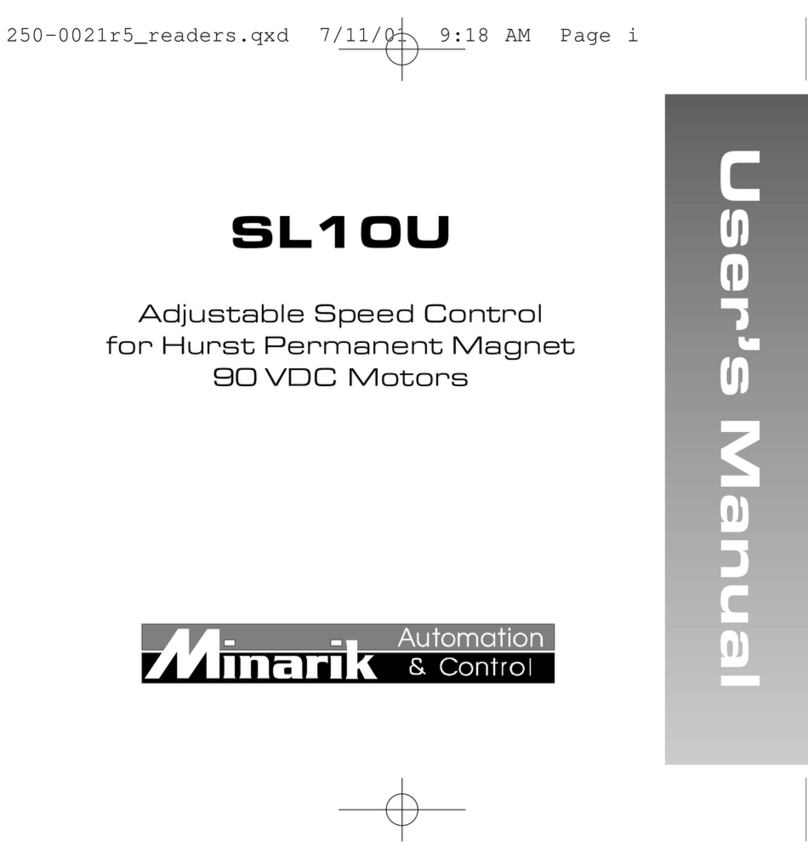
ISL019-0105Specifications subject to change without notice and without obligation on the part of the manufacturer.
Butt & Socket Weld Valves
To avoid damaging seats and
sealsbyexposure toweldingtem-
perature,theCenter Section must
be removed while the Pipe Adap-
tors are welded separately into
line. Both butt and socket weld
valves may be tack welded in
place assembled, as long as the
Center Section is removed while
the welds are completed. (Seal
temperature must never exceed
400 F).
Caremustbe takenwhen ‘cutting’
avalveinto a linethatthe gap cre-
atedtoaccept the valveisthe cor-
rect, particaully in the case of butt
welded valves.
The socket-stop dimension for
socketweld valvesarelistedinthe
adjacent chart. For socket weld
valves it is good practice to pro-
vide a gap of approximately 1/16”
between the end of the pipe and
the bottom of the socket, before
welding.
To Complete Installation For
All Valves
Completeinstallationofthe Series
89valve bysecurelyanduniformly
tightening the tie-bolts. Begin by
tighteningeach boltinsuccession,
following diagonal pattern (Figure
3), until even contact is acheived
between the Center Section and
the Pipe Connectors. Continue
tightening each bolt, a small
amount at a time following the di-
agonal pattern, until each is
brought within the torque range
shown in the chart.
If the valve is in a long unsup-
ported horizontal run, support the
valve while hand-tightening the
upper two until an even contact is
acheivedbetween thePipeConnec-
tors and Center Section seals. Fin-
ish the installation procedure by
gradually bringing the bolts to the
torque levels given in the chart.
Although an experienced fitter or
mechanicwillfind noneedtorely on
a chart or torque wrench to ensure
successfulinstallation,theupperfig-
ure,showninparentheses,mustnot
beexceeded whenstainlesssteeltie
boltsare usedasthe boltsmay yield
(twist) at higher torque levels. For
this reason, even experienced per-
sonnel are advised to employ a
torque wrench when working with
stainless steel bolts.
